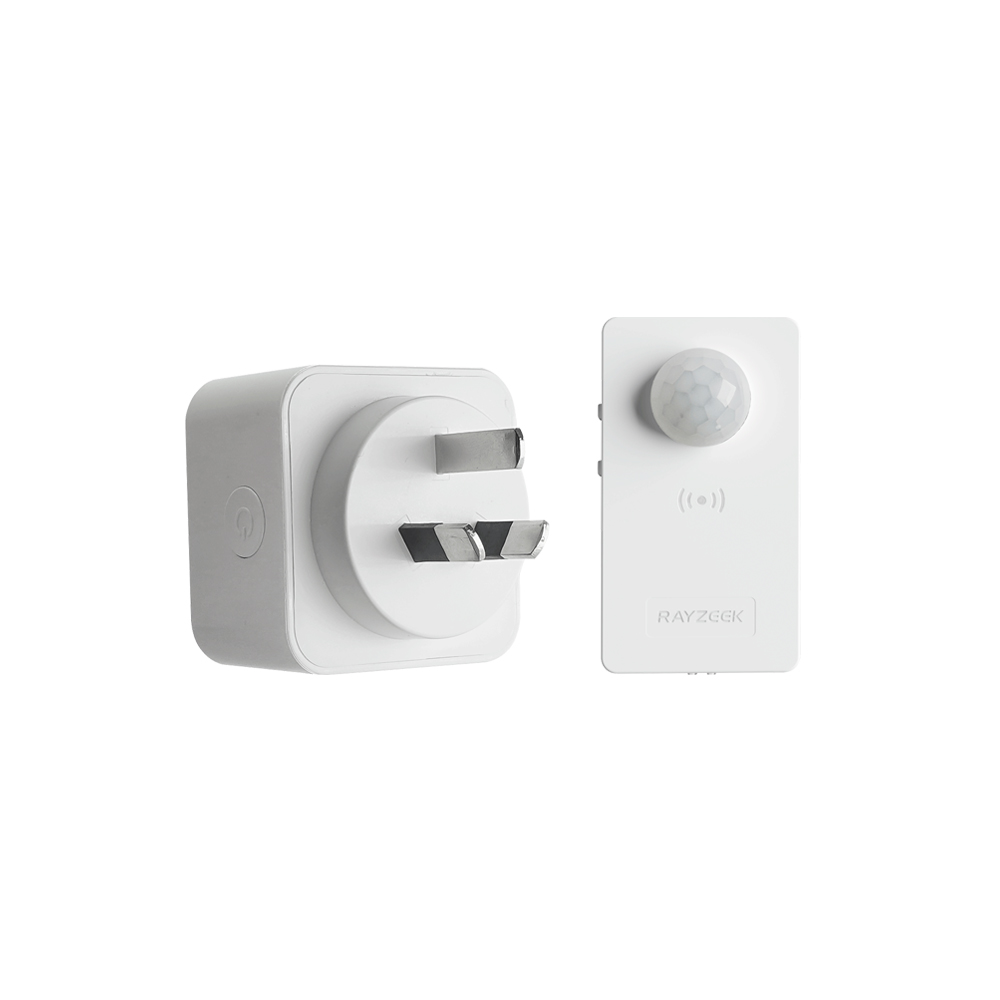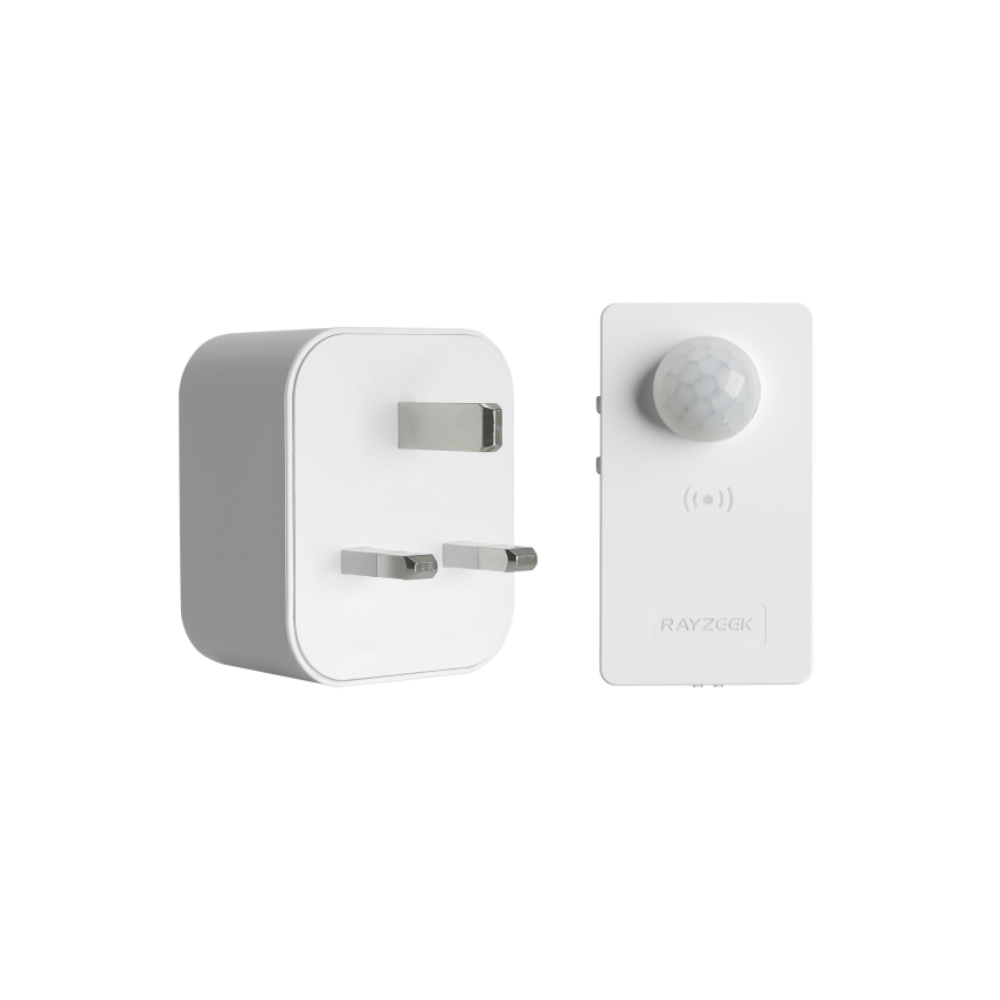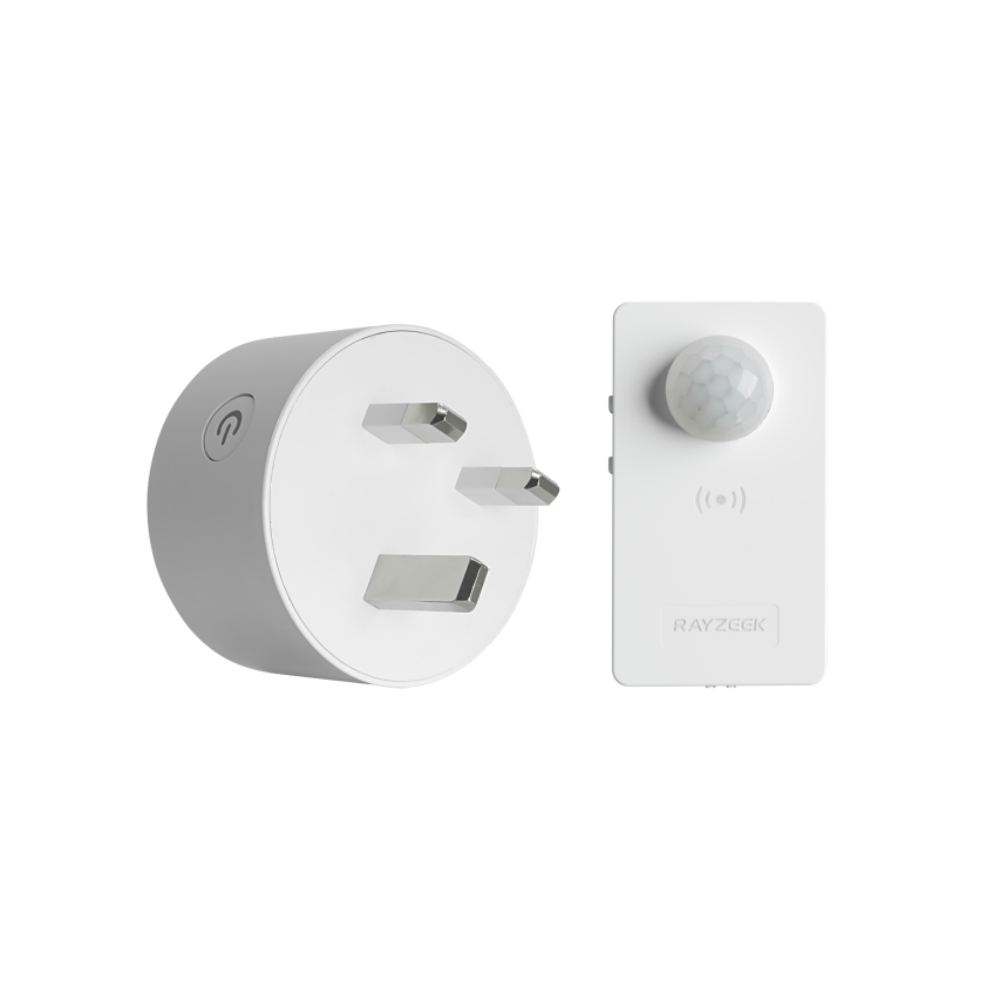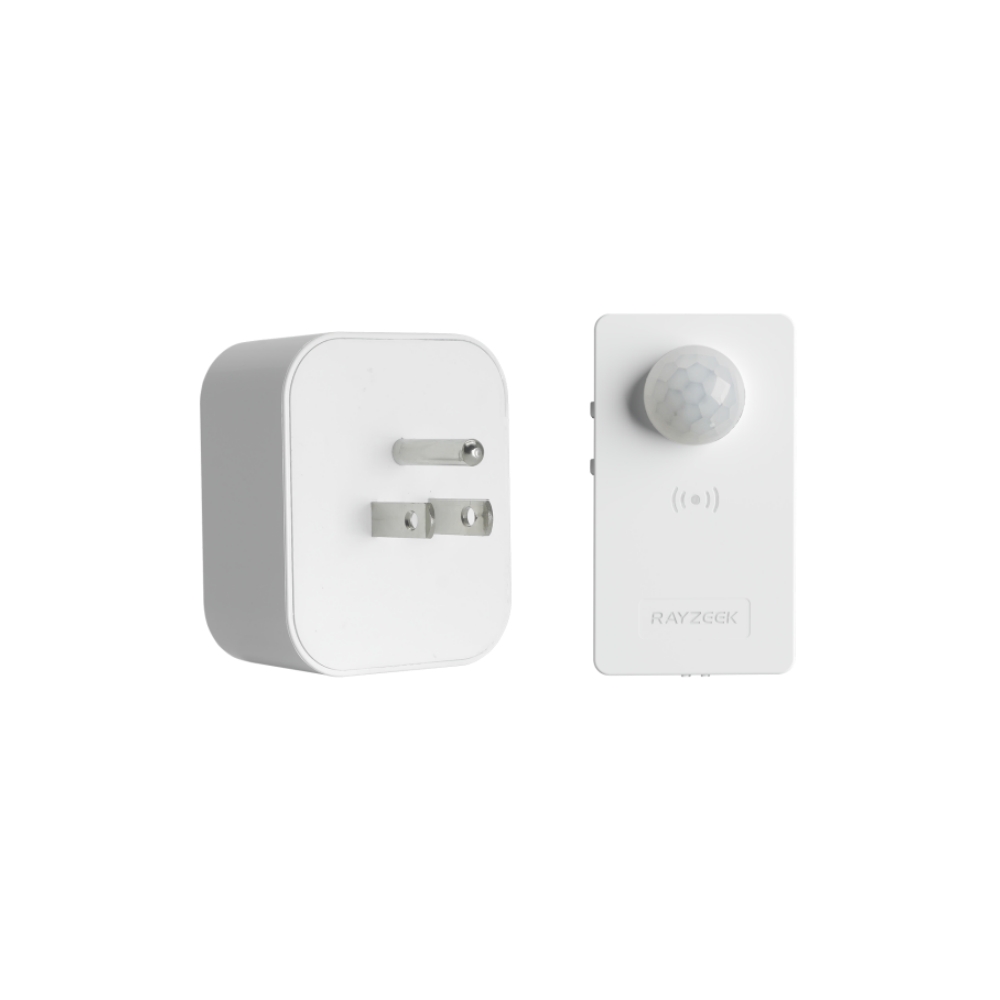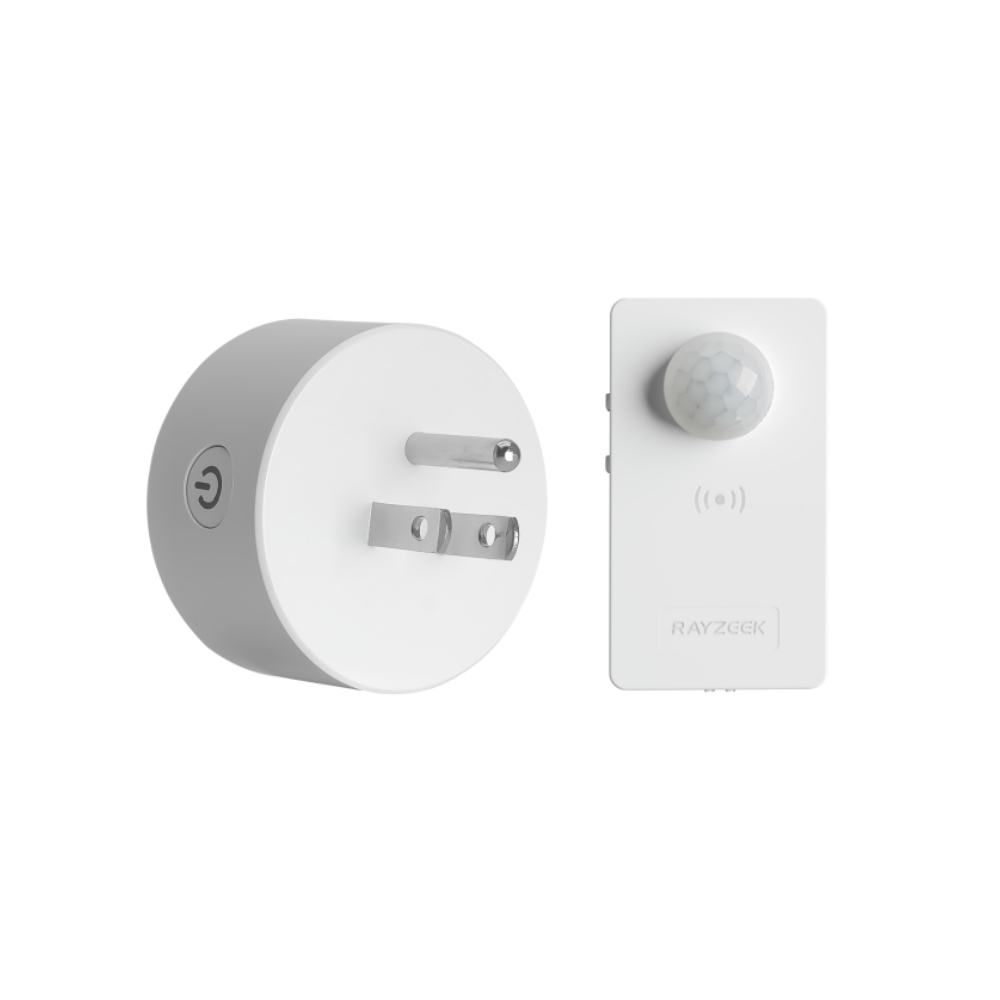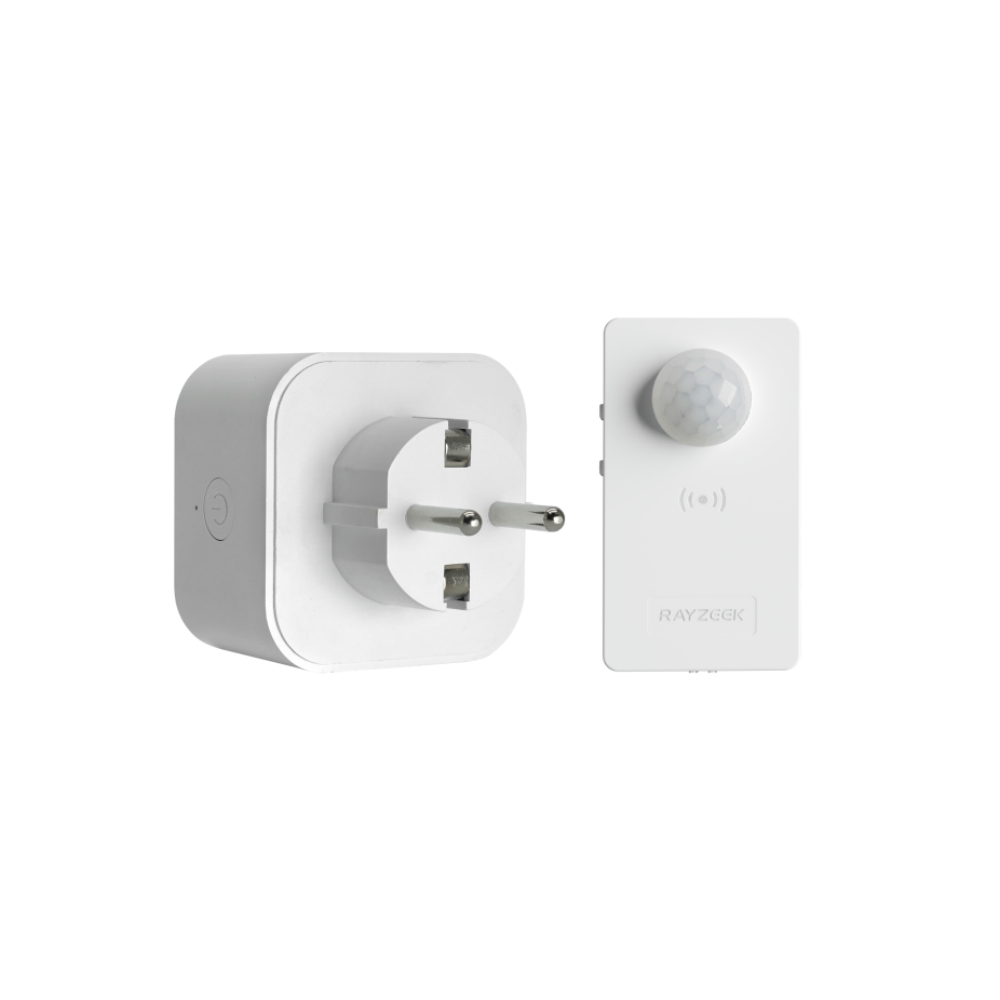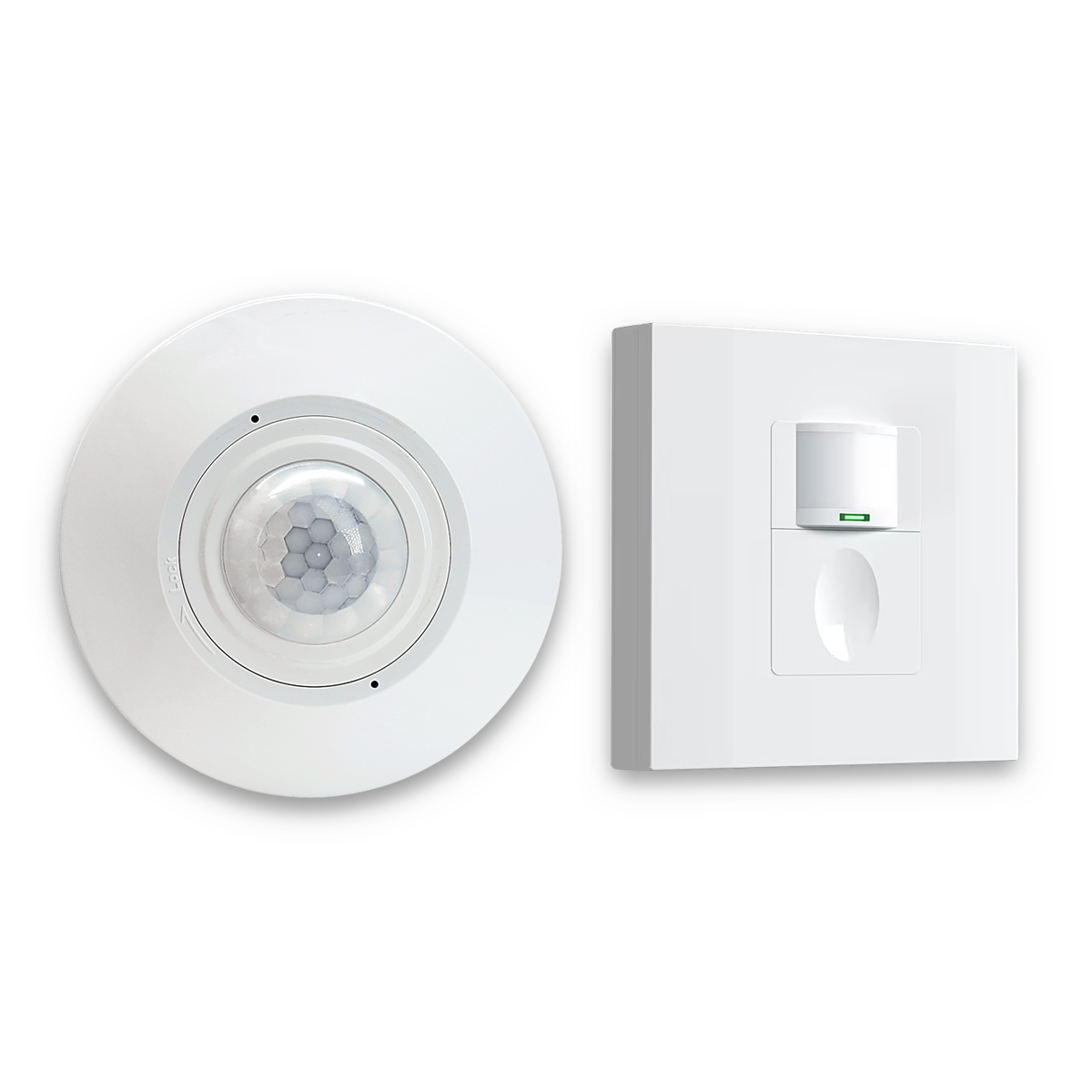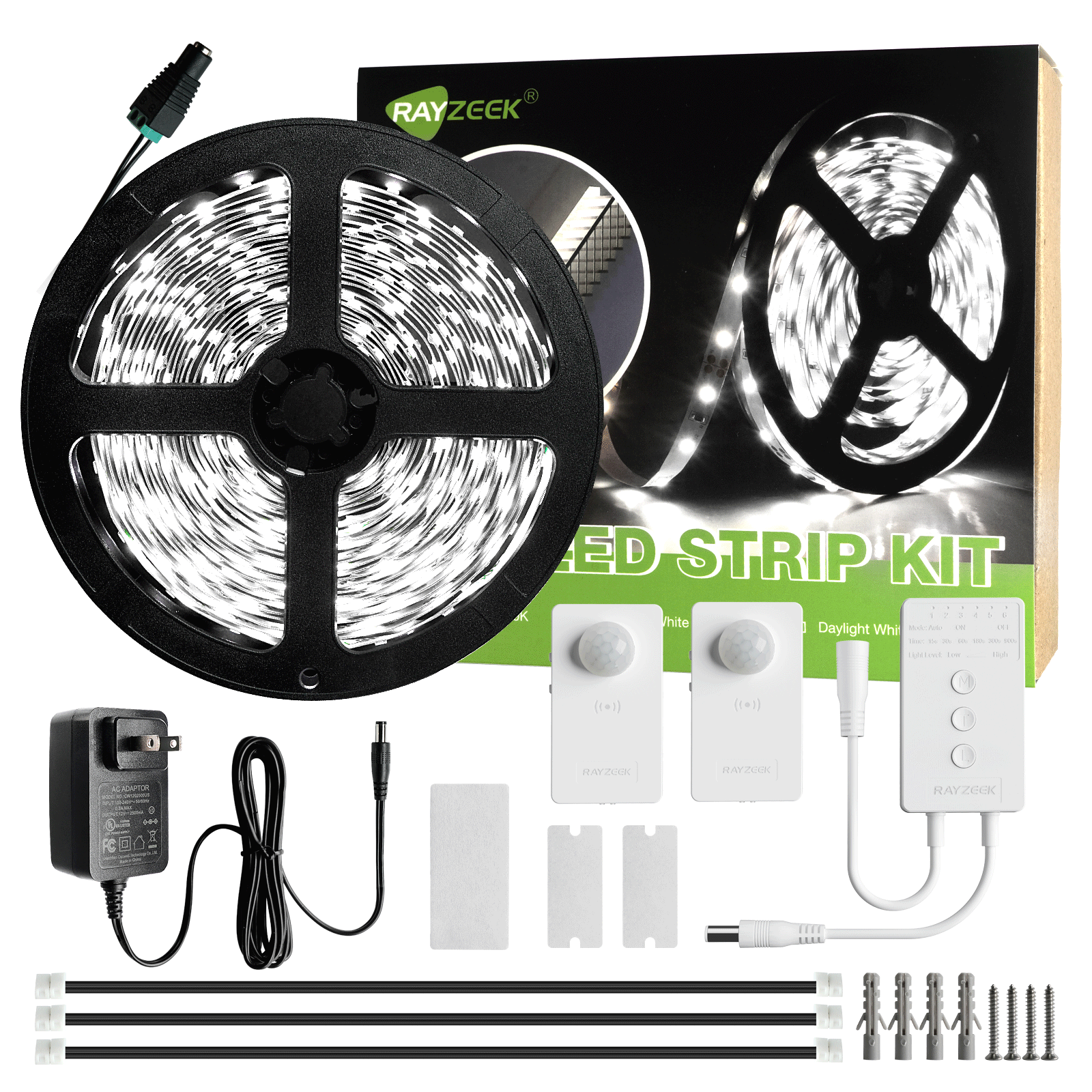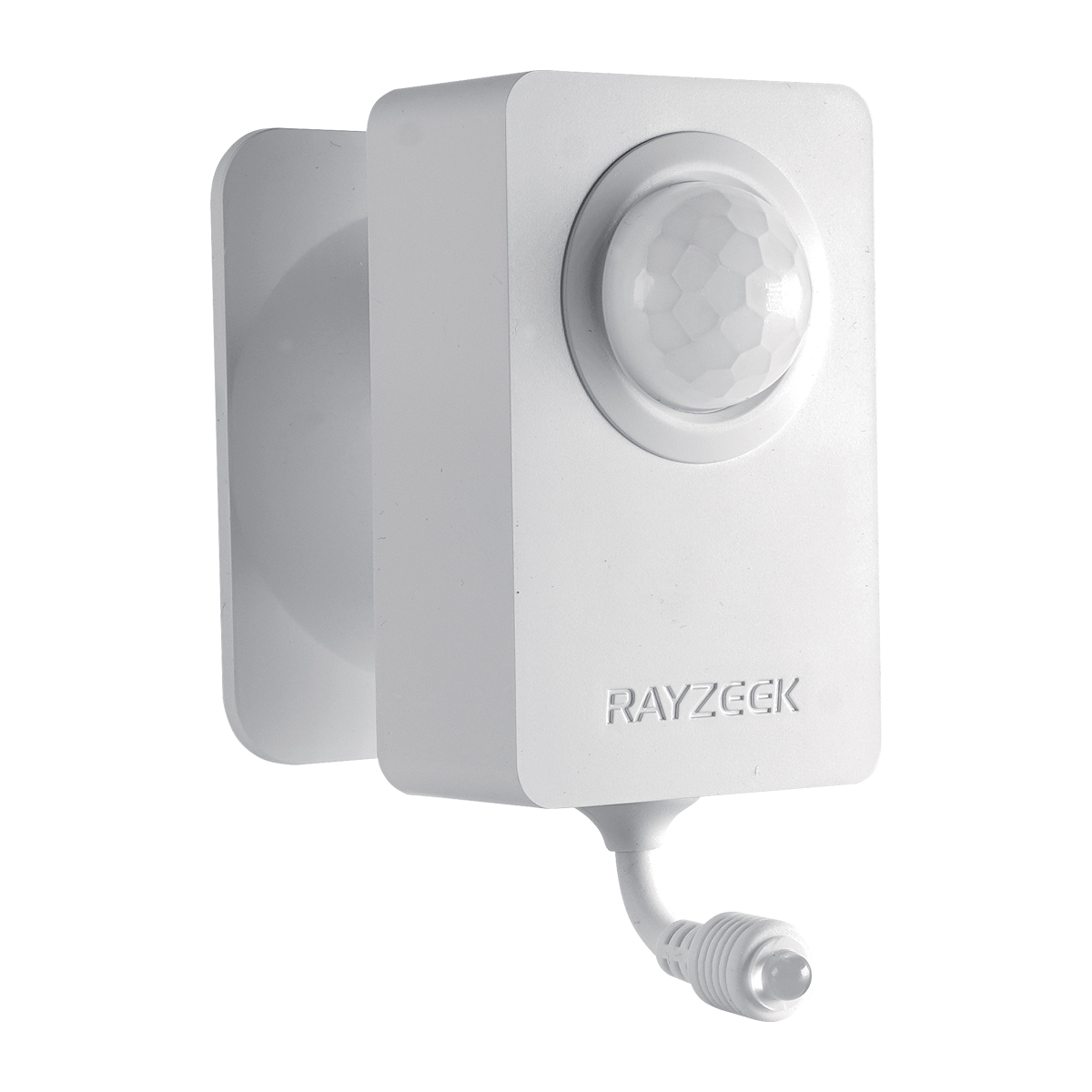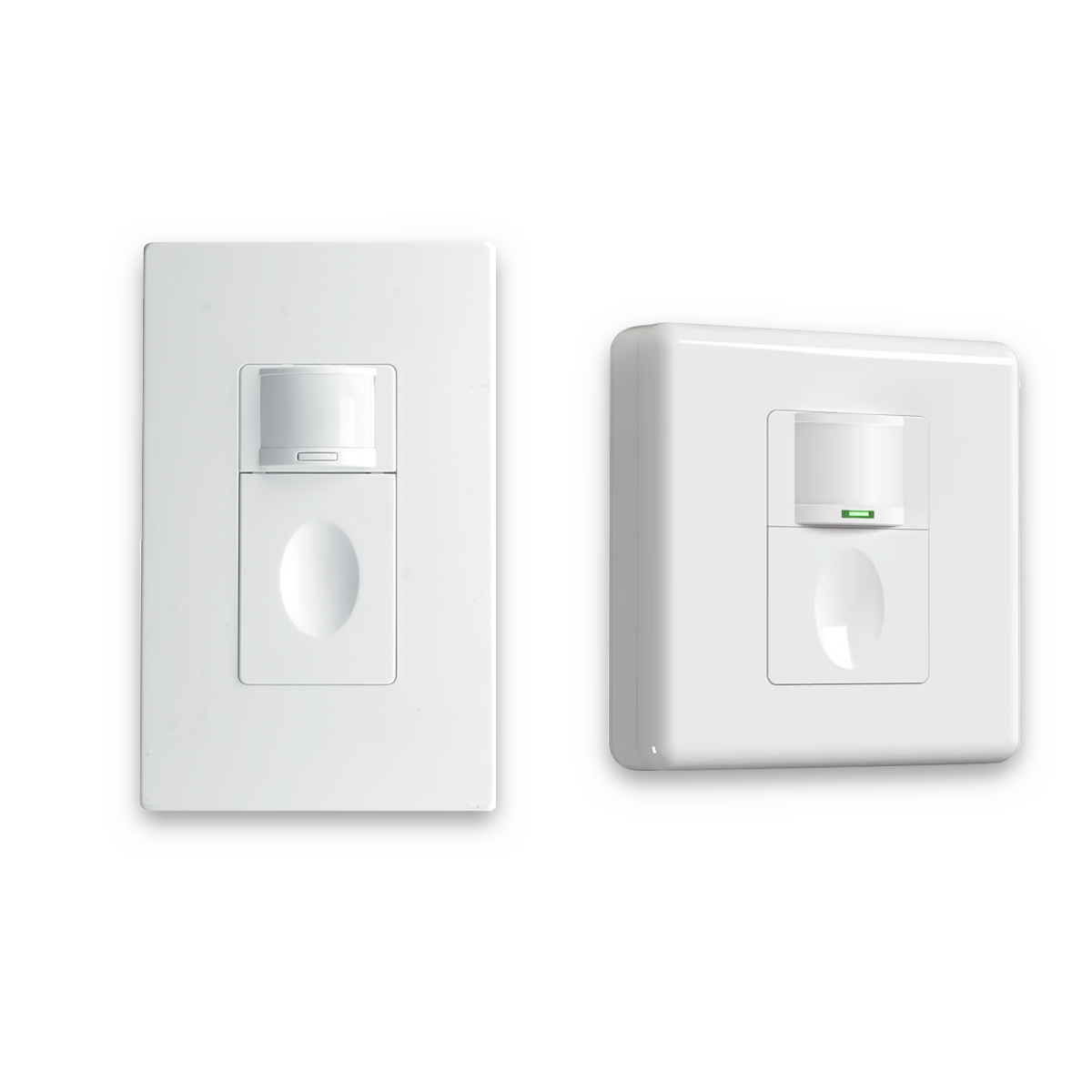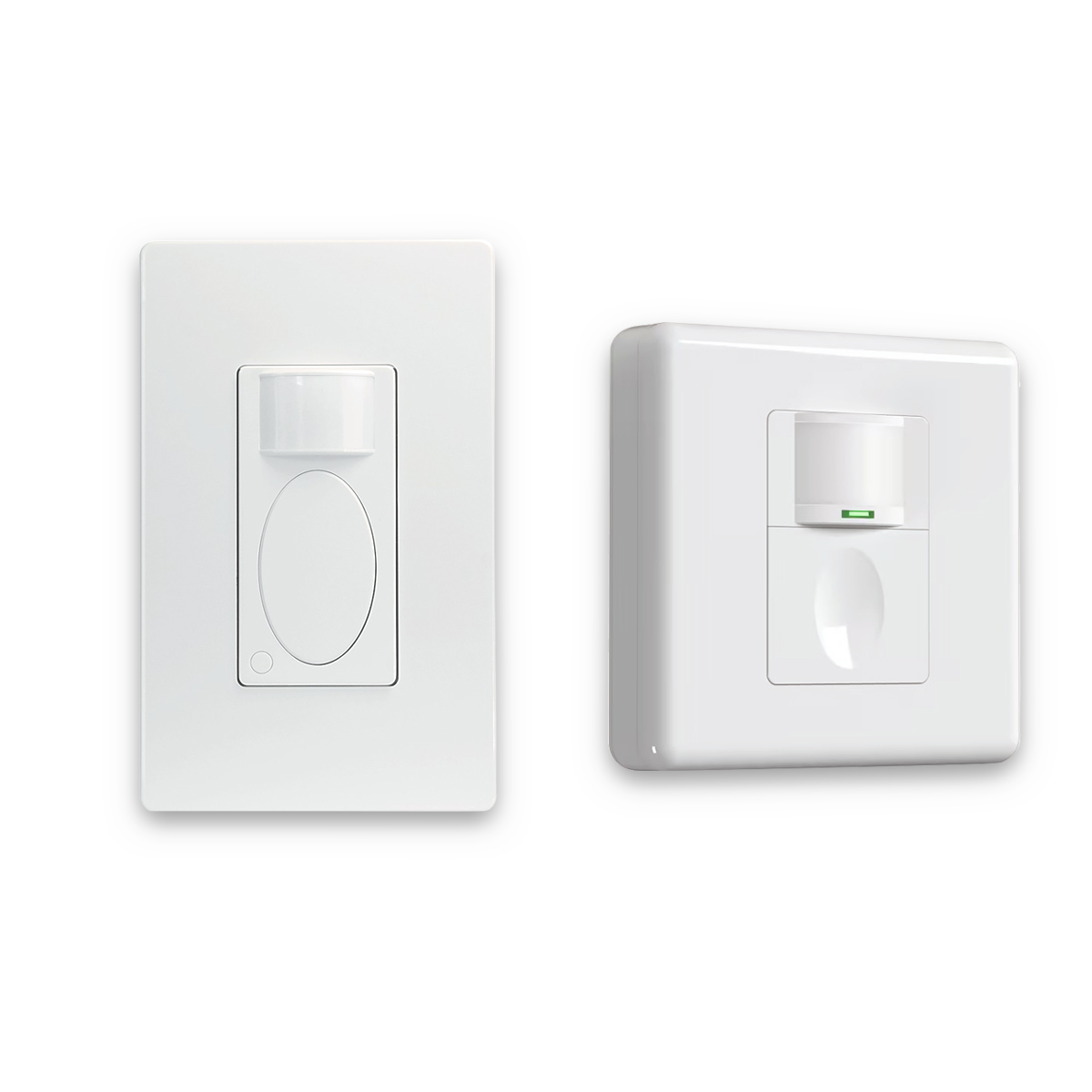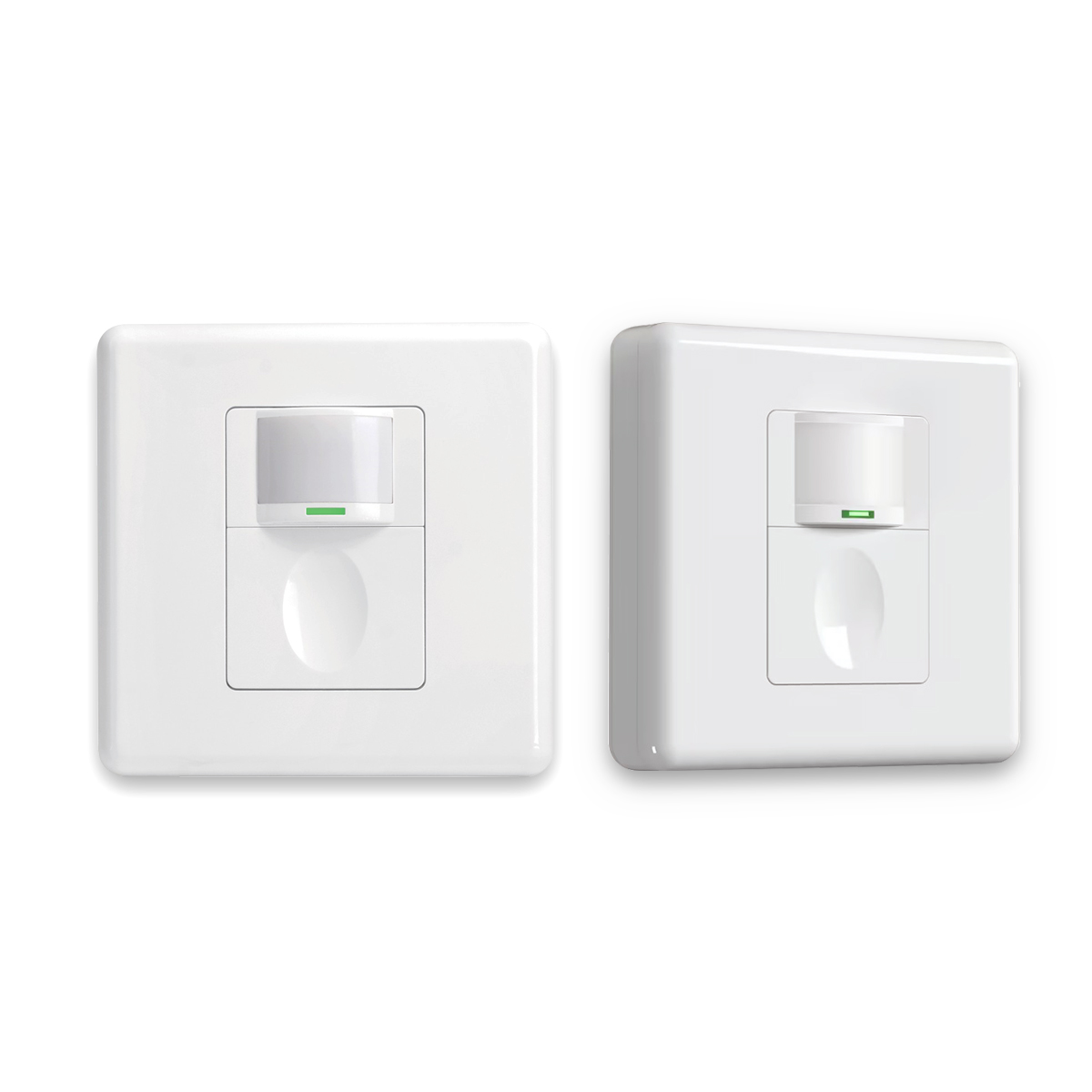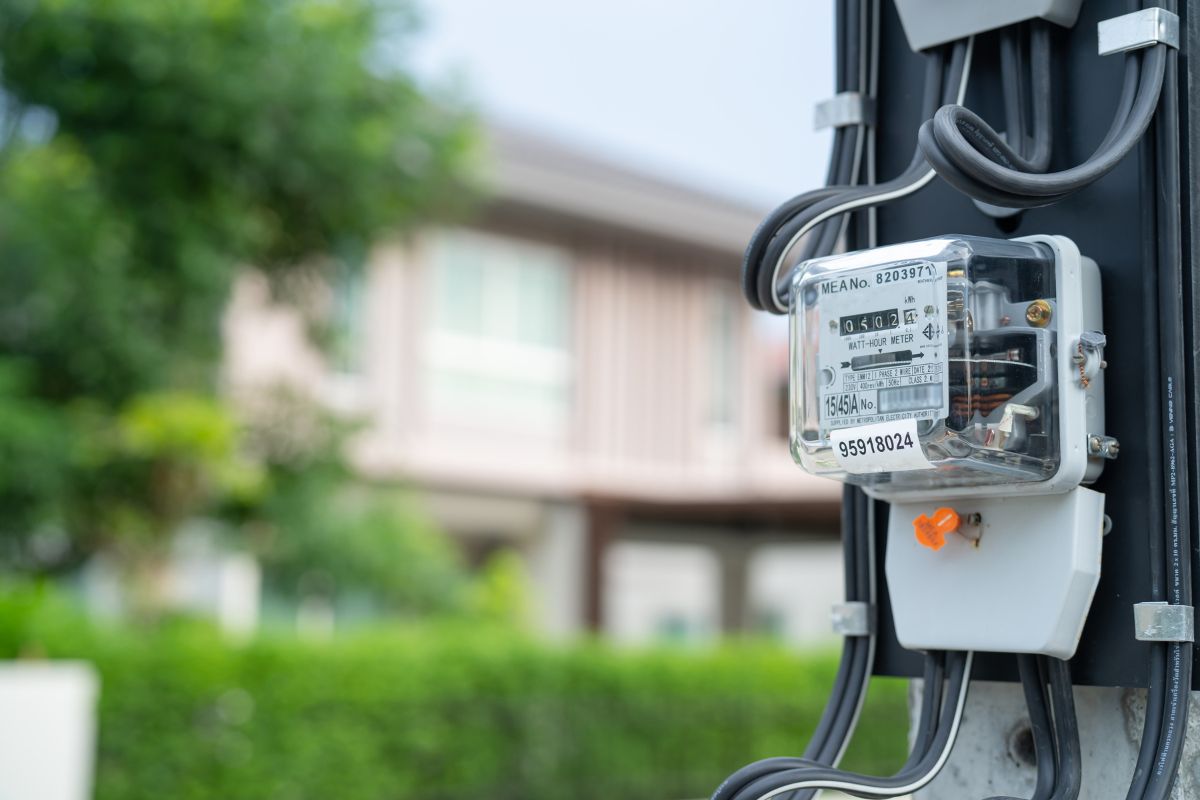Are you curious about how those automatic lights turn on as soon as you enter a room? Or maybe you’ve wondered how security systems detect movement and trigger alarms? Look no further, because in this article, we will delve into the fascinating world of PIR motion sensors. Whether you’re a DIY enthusiast or simply interested in understanding the technology behind these devices, we will explore what a PIR motion sensor is, how it works, and its various applications. From automatic lighting to security systems and even non-contact thermometers, get ready to uncover the secrets behind this ingenious technology.
Contents
- What Is a PIR Motion Sensor
- How PIR Motion Sensors Work
- PIR Detection Coverage and Pattern
- What to Consider When Designing PIR Applications
- PIR Motion Sensor Applications
- PIR Non-Contact Thermometer
- Pet Immune PIR Motion Detector
What Is a PIR Motion Sensor
A PIR (Passive Infrared) motion sensor is a device that detects motion by measuring changes in infrared radiation. It specifically detects levels of infrared radiation emitted by warm bodies and warm objects, including the human body. The infrared radiation is not visible to the human eye as it is emitted at infrared wavelengths. PIR sensors are not affected by visible light, allowing them to work effectively in both light and dark environments.
The PIR sensor consists of two main parts: a pyroelectric sensor and a lens, often referred to as a fresnel lens. The pyroelectric sensor is a rectangular crystal located at the center of a round metal housing. It detects changes in the amount of infrared radiation impinging upon it, which varies depending on the temperature and surface characteristics of the objects in front of the sensor. The lens focuses the infrared signals onto the pyroelectric sensor. It helps to concentrate the incoming infrared radiation onto the sensor, enhancing its sensitivity to detect motion accurately.
PIR motion sensors are passive because they do not emit any heat or energy themselves. They rely on detecting the infrared radiation emitted by warm objects in their field of view. This makes them highly efficient and suitable for various applications, including automatic lighting systems, security systems, and non-contact thermometers.
How PIR Motion Sensors Work
PIR motion sensors are designed to detect the radiation emitted by living beings, such as humans or animals. When a warm object or a person moves within the detection range of the PIR motion sensor, it emits infrared radiation and the lens of the sensor focuses this radiation onto the pyroelectric sensor. As the infrared radiation reaches the sensor, it causes a change in the electric charge of the pyroelectric material.
This change in electric charge is then converted into an electrical signal, which is processed by the sensor’s circuitry. If the change in electric charge exceeds a certain threshold, it triggers the sensor to send a signal to the connected device or system, indicating the presence of motion.
PIR motion sensors are more complex than other sensors due to the multiple variables that affect their input and output. The two main components of PIR sensors are: the pyroelectric sensor and the lens:
The Pyroelectric Sensor
The pyroelectric sensor is the main component of a PIR motion sensor. The pyroelectric sensor, along with its supporting circuitry, resistors, and capacitors, is responsible for detecting levels of infrared radiation and converting them into a digital output pulse. This digital output pulse indicates whether motion has been detected or not.
The pyroelectric sensor is housed in a hermetically sealed metal can, which improves its noise, temperature, and humidity immunity. The sensor has a window made of IR-transmissive material, typically coated silicon, that allows infrared radiation to pass through while protecting the sensing element.
Inside the pyroelectric sensor, there are two balanced infrared sensors or electrodes. These electrodes are wired in such a way that they cancel each other out when there is no movement. That is, when there is no movement, both slots detect the same amount of infrared radiation, resulting in a zero output signal. When a warm body, such as a human or an animal, passes by, it intercepts one half of the sensor, causing a positive differential change between the two halves. When the warm body leaves the sensing region and intercepts the other half of the sensor, a negative differential change occurs. By detecting these changes in voltage, the PIR motion sensor can detect motion.
The Lens
The lens is another critical component of a PIR motion sensor. The lens determines the breadth, range, and sensing pattern of the detection area. The lens in a PIR motion sensor is typically housed in a plastic casing with a translucent window. This window allows infrared energy to enter while reducing the chance of foreign objects obscuring the sensor’s field of view or causing false alarms. The plastic used in the window is transparent to infrared radiation, allowing the sensor to receive the desired wavelengths. The window may also serve as a focusing mechanism, helping to direct the infrared energy onto the sensor surface. It condenses light and provides a larger range of infrared to the sensor. The lens is divided into several facet-sections, each acting as a separate Fresnel lens.
A Fresnel lens consists of concentric grooves carved into the plastic, acting as individual refracting surfaces that gather parallel light rays at a focal point. Despite its smaller size, a Fresnel lens can focus light similarly to a conventional optical lens. This design creates a range of detection areas that are interleaved with each other, enhancing the sensor’s ability to detect motion across a wider field of view. The alternating orientation of the sub-lenses results in the centers of the lenses appearing inconsistent, with each pointing to a different half of the PIR sensing element.
The lens also helps filter out unwanted sources of infrared radiation, such as sunlight or artificial lighting, which could trigger false alarms. It focuses the infrared radiation onto the pyroelectric sensor, allowing for accurate detection of changes in infrared radiation.
In addition to the Fresnel lens design, some PIR motion sensors may incorporate internal segmented parabolic mirrors to further focus the infrared energy onto the sensor. These mirrors can enhance the sensor’s sensitivity and range. However, in such cases, the plastic window cover generally does not have Fresnel lenses molded into it.
With the lens, PIR motion sensors can effectively detect motion within their designated range and field of view. PIR sensors can be configured with different lenses to provide specific detection coverage and patterns, allowing for customization based on the application requirements.
With the combination of the pyroelectric sensor and the lens, PIR motion sensors can accurately detect and respond to human or other desired targets, making them valuable components in various applications such as automatic lighting, security systems, and non-contact thermometers.
PIR Detection Coverage and Pattern
The detection coverage of a PIR sensor is the area that the sensor can monitor for motion. This coverage is typically represented as an angle, such as 180 degrees or 360 degrees, indicating the range of the sensor’s field of view.
The detection pattern of a PIR sensor is determined by the lens and/or mirror used in its design. PIR sensors often use segmented lenses or mirror segments to divide the field of view into multiple zones. Each zone corresponds to a specific detection area. When an object or person moves within the detection coverage, the PIR sensor detects changes in the infrared radiation emitted by the object. The sensor analyzes the changes in each zone independently to determine if there is motion present. This segmented approach helps reduce false alarms caused by environmental factors or movement of objects outside the desired detection area.
Maybe You Are Interested In
The detection coverage and pattern of a PIR sensor can vary depending on the specific model and design. Some sensors may have a narrower or wider field of view, and the number, shape, distribution, and sensitivity of the detection zones can also vary. For example, these PIR sensors have reversible orientation mirrors that allow for either broad coverage or very narrow curtain coverage. PIR sensors with wider fields of view, including 360 degrees, are available typically designed for ceiling mounting.
When using PIR motion sensors, there are several considerations to keep in mind regarding detection coverage and pattern:
- Determine the specific area that needs to be monitored for motion and select a PIR sensor with an appropriate coverage angle. Consider the size and layout of the space to ensure adequate coverage. Some PIR sensors also allow for sensitivity adjustment, which can be useful in environments with varying levels of motion or frequent false alarms.
- Proper placement and positioning of the PIR sensor are important for optimal detection. Factors such as mounting height, angle, and potential obstructions should be considered to ensure the sensor’s field of view is not obstructed. The housing of the PIR sensor usually has a plastic window that allows infrared energy to enter while reducing the chance of foreign objects obscuring the sensor’s view or causing false alarms. The plastic window may also serve as a filter to limit the wavelengths to those closest to the infrared radiation emitted by humans.
What to Consider When Designing PIR Applications
When designing passive infrared applications, there are several factors to consider to ensure optimal performance and functionality. By taking these considerations into account, you can maximize the effectiveness of your PIR motion sensor and create a reliable and efficient system.
Sensor Placement
The placement of the PIR motion sensor is vital for accurate detection. Position the sensor in a location with a clear line of sight to the monitored area. Avoid placing the sensor near heat sources or direct sunlight, as this can cause false alarms or inaccurate readings. Additionally, ensure that the sensor is mounted in a way that it cannot “see” out of a window, as strong infrared sources from outside can overload the sensor and trigger false alarms.
Detection Range
Consider the required detection distance for your specific application. Choose a PIR sensor with a detection range suitable for covering the desired area effectively. Keep in mind that larger detection ranges may require higher sensitivity settings, which can increase the chances of false alarms.
Sensitivity Adjustment
Most PIR motion sensors allow you to adjust the sensitivity level. This adjustment determines how easily the sensor will trigger an alarm or activate a device in response to detected motion. Find the right balance between sensitivity and false alarms by testing the sensor in different scenarios and adjusting accordingly. Some sensors are designed to “ignore” domestic pets by setting a higher sensitivity threshold or focusing on the upper part of the room to avoid detecting movement on the floor.
Environmental Factors
PIR motion sensors can be affected by environmental factors such as temperature, humidity, and airflow. To minimize these effects, seal the PIR sensor inside a material that reduces the influence of temperature or humidity, such as silicon. Avoid placing the sensor in a position where HVAC vents blow hot or cold air onto the sensor’s window, as this can change the temperature and trigger false alarms.
Power Source
Consider the power source requirements for your PIR application. Choose a sensor that is compatible with your power source and ensure that it meets the power consumption requirements of your application.
Integration With Other Systems
If you are integrating the PIR sensor with other systems or devices, such as alarms, lighting, or home automation systems, ensure compatibility and proper communication between the components. Consider the protocols and interfaces required for seamless integration.
Lockout Time and Power on Delay
PIR sensors have lockout time and power on delay periods. During the lockout time, typically around 2 seconds, any motion detected is ignored to prevent false triggers. Additionally, PIR sensors require a calibration period of approximately 30 to 60 seconds after being turned on to learn the ambient infrared signature of the environment. Ignore any triggers during this calibration period to avoid false alarms.
PIR Motion Sensor Applications
PIR motion sensors have a wide range of applications due to their ability to detect human movement and provide a trigger for various devices and systems with their low power consumption, low cost, and ease of use. However, PIR sensors have limitations and won’t provide information about the number of people or their proximity to the sensor. Additionally, they can be triggered by house pets, so experimentation and fine-tuning may be necessary in certain situations.
Let’s explore some of the common applications of PIR motion sensors.
Automatic Lighting
Automatic lighting is a widely used application of PIR motion sensors, offering convenience and energy efficiency in various settings. When a person enters a room or area, the PIR motion sensor detects their movement and triggers the lights to turn on. This eliminates the need for manual switches and ensures that the lights are only on when needed, resulting in energy savings and reduced electricity costs.
Get Inspired by Rayzeek Motion Sensor Portfolios.
Doesn't find what you want? Don't worry. There are always alternate ways to solve your problems. Maybe one of our portfolios can help.
The PIR motion sensor operates by detecting changes in infrared radiation within its detection range. As a person moves within the sensor’s field of view, their body heat emits infrared radiation, which is detected by the sensor. Subsequently, the sensor sends a signal to the lighting system, instructing it to turn on the lights.
During the initialization sequence, which typically takes around 30 to 60 seconds after being turned on, the PIR motion sensor calibrates itself to the environment by learning the ambient infrared signature. False triggers may occur during this calibration time, so any triggers within this period should be ignored. Minimizing movement in front of the sensor during self-calibration can help avoid interference with the calibration process.
In automatic lighting systems, the electronics within the PIR motion sensor typically control an integral relay capable of switching mains voltage. This enables the PIR to activate lights connected to it upon detecting movement. This application is commonly employed in outdoor scenarios for security lighting or practical purposes, such as illuminating the front door area to assist in finding keys in the dark. Automatic lighting can also be implemented in public toilets, walk-in pantries, hallways, and other areas where automatic control of lights is beneficial. By only activating the lights when necessary, energy savings can be achieved, and there is no reliance on users remembering to turn the lights off when leaving the area.
Security Applications
PIR motion sensors have a wide range of security applications, making them a valuable addition to any security system.
Intrusion Detection
PIR motion sensors are often integrated into burglar alarm systems to detect unauthorized entry into a premises. These sensors can detect the heat emitted by a person’s body as they move within the detection range. If any movement is detected, the sensor triggers an alarm, alerting the occupants or a security monitoring service.
Perimeter Protection
PIR motion sensors can be strategically placed along the perimeter of a property to detect any unauthorized access. By covering key entry points such as doors, windows, and gates, these sensors can effectively monitor the surroundings and trigger an alarm if any movement is detected.
Looking For Motion-Activated Energy-Saving Solutions?
Contact us for complete PIR motion sensors, motion-activated energy-saving products, motion sensor switches, and Occupancy/Vacancy commercial solutions.
Outdoor Security
PIR motion sensors are commonly used for outdoor security applications. They can be installed in outdoor lighting fixtures or standalone units to detect any movement in the vicinity. This helps in deterring potential intruders and enhancing the overall security of the property. For example, security lighting can be set up to turn on when movement is detected, either to deter criminals or for practical purposes like finding keys in the dark.
Video Surveillance
PIR motion sensors can be integrated with video surveillance systems to enhance their effectiveness. When a PIR sensor detects movement, it can trigger the recording of video footage, allowing security personnel to review the events leading up to the motion detection. This feature is particularly useful in identifying potential threats and capturing evidence in case of any security incidents.
Access Control
PIR motion sensors can be used in access control systems to monitor the movement of individuals within a restricted area. By detecting motion, these sensors can trigger the unlocking of doors or gates, allowing authorized personnel to enter. This adds an extra layer of security by ensuring that only authorized individuals can access sensitive areas.
Panic Alarms
PIR motion sensors can be integrated into panic alarm systems to provide an additional layer of security in emergency situations. These sensors can be programmed to detect specific movement patterns or gestures that indicate distress. When triggered, the sensor can activate an alarm, notifying security personnel or emergency services for immediate assistance.
PIR Non-Contact Thermometer
A PIR non-contact thermometer is a type of thermometer that utilizes a PIR motion sensor to measure the temperature of an object without the need for physical contact. This technology is particularly useful in situations where contact thermometers may not be practical or safe to use, such as when measuring the temperature of moving objects, hot surfaces, or in environments where cross-contamination is a concern.
The PIR motion sensor in a non-contact thermometer detects the infrared radiation emitted by an object. Every object with a temperature above absolute zero emits infrared radiation, and the intensity of this radiation is directly related to the object’s temperature. The PIR sensor converts the detected radiation into an electrical signal, which is then processed to determine the temperature of the object.
One interesting application of PIR non-contact thermometers is the measurement of remote objects. In these designs, a PIR circuit is used to measure the temperature of an object from a distance. The output signal from the PIR sensor is evaluated according to a calibration specific to the infrared spectrum of the material being observed. This calibration allows for relatively accurate and precise temperature measurements to be obtained remotely.
Without calibration to the specific type of material being observed, a PIR non-contact thermometer can still measure changes in infrared emission that correspond to temperature changes. However, the actual temperature values cannot be calculated without the calibration.
The speed and convenience of PIR non-contact thermometers make them ideal for various applications. They can provide instant temperature readings from a distance, making them suitable for industrial settings, medical applications, and even home use. In industrial settings, PIR non-contact thermometers can measure the temperature of machinery, motors, or other equipment without the need for physical contact, improving safety and efficiency. In medical applications, they are commonly used to measure body temperature without the risk of cross-contamination.
Pet Immune PIR Motion Detector
A pet immune PIR motion detector is a specialized type of PIR motion sensor that is designed to minimize false alarms caused by pets. It incorporates advanced technology to differentiate between the movement of pets and potential intruders, making it an ideal choice for households with pets.
Traditional PIR motion sensors detect changes in infrared radiation within their detection range, which means that any movement, including that of pets, can trigger the sensor and potentially lead to false alarms. However, pet immune PIR motion detectors utilize various methods to overcome this issue.
One common method used by pet immune PIR motion detectors is setting a weight threshold. This means that the sensor will only trigger an alarm if the detected movement exceeds a certain weight limit. By doing so, smaller animals such as cats or small dogs are not detected as potential intruders, reducing the chances of false alarms. If you have larger pets, it’s essential to choose a detector with a higher weight threshold to ensure that they are not mistakenly detected as intruders.
Another method is the use of multiple detection zones. These detectors divide the detection area into different zones and analyze the movement patterns within each zone. By doing so, they can differentiate between the movement of a pet and that of a human. For example, if the movement is detected only in the lower zones, it is more likely to be caused by a pet.
A differential amplifier configuration is also used to cancel out the average temperature of the field of view, reducing the chances of false indications caused by brief flashes of light or field-wide illumination. It also minimizes common-mode interference, further enhancing the detector’s ability to resist triggering due to nearby electric fields.
Placing the detector at an appropriate height can help minimize the chances of false alarms caused by pets, while adjusting the angle ensures that it covers the desired area while avoiding areas where pets are likely to roam.


